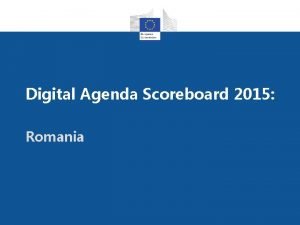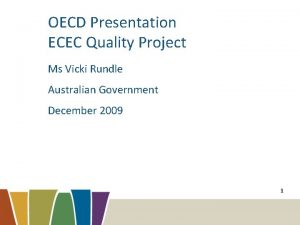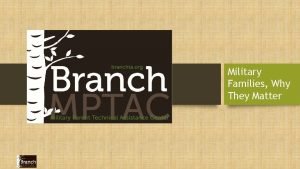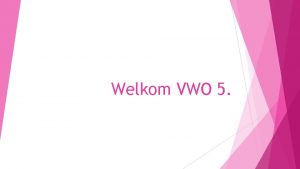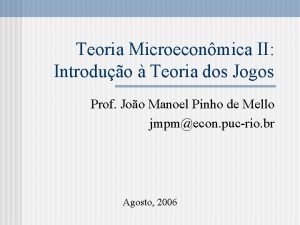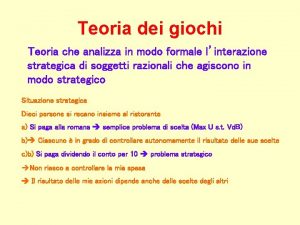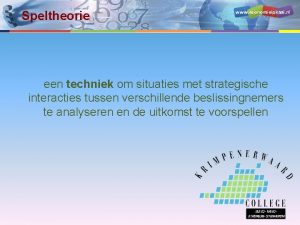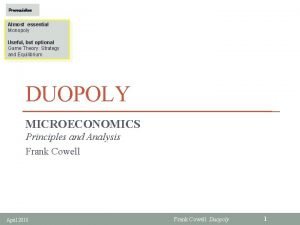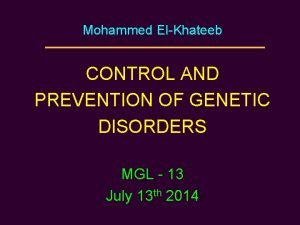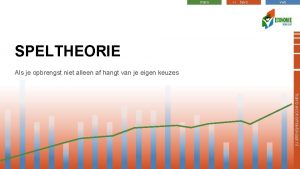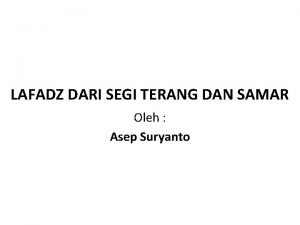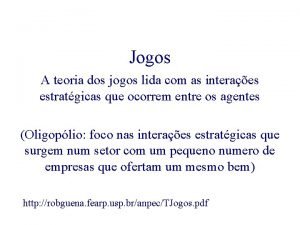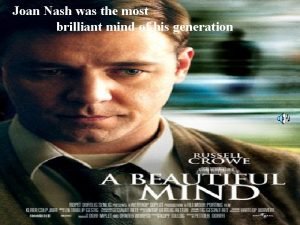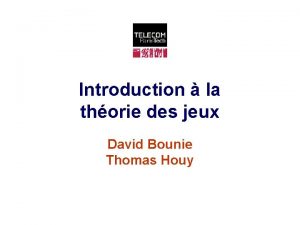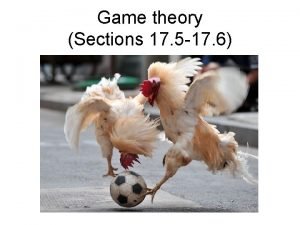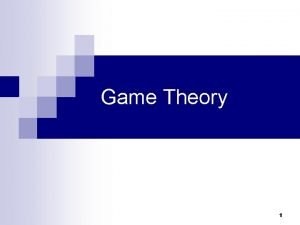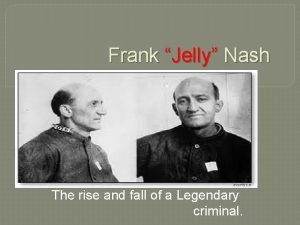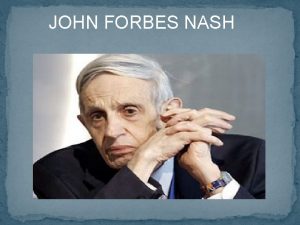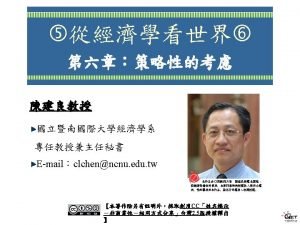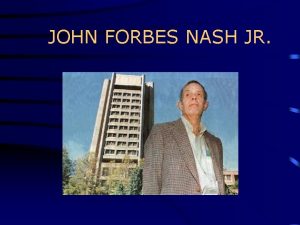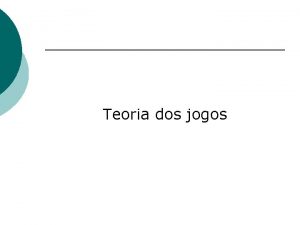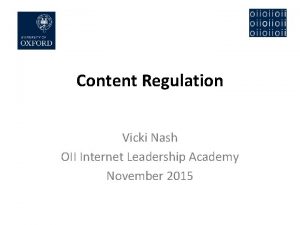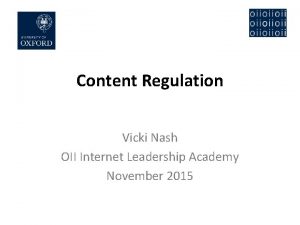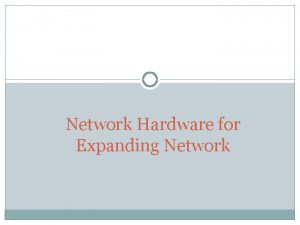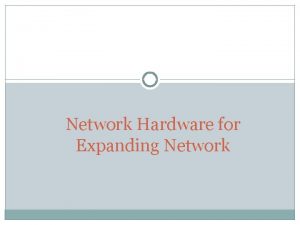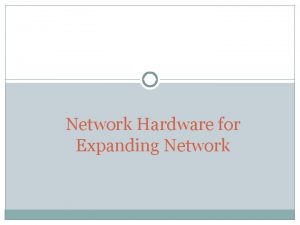The expanding digital policy agenda Vicki Nash Vicki






































- Slides: 38

The expanding digital policy agenda Vicki Nash @Vicki. Nash. OII Internet Leadership Academy 2016

Why does digital policy present so many challenges?

And how can we best make sense of it?

PART 1: a little bit of history. Flickr CC: Nick Taylor

…because • Helps us to identify continuities and step-changes; • Exposes the role of ‘legacy’ frameworks that grew up around earlier communication technologies; • Counters expectations of comprehensive rationality in Internet policy development; • Challenges Internet ‘exceptionalism’; • More academically, it enables appreciation of the social shaping of technology; intersection of choice and context; • BUT avoid sensationalism – note impact of imitation and adaptation as well as innovation (Edgerton)


“…this discovery of yours will create forgetfulness in the learners’ souls, because they will not use their memories; they will trust to the external written characters and not remember of themselves. ”

"Please do not let him print any of my German Homilies, but return them for me to send elsewhere. What is the use of my working so hard if the errors in the printed books give occasion to other publishers to make them still worse? . . . I shall forward no more until I learn that these sordid mercenaries care less for their profits than for the public. Such printers seem to think: "It is enough for me to get the money; let the readers look out for the matter. "

"I say to you that the VCR is to the American film producer and the American public as the Boston strangler is to the woman home alone”

Printing press timeline c. 1436 Gutenberg combines movable type with press, prints Bible in Mainz in 1454 Luther’s Ninety-five Theses (1517) spread across Europe, basis for Reformation along-side new vernacular Bibles The new permanence of print sustains a classical revival in the Renaissance, enabling codification rather than decay of knowledge (15 th-18 th centuries) Copernicus’ De Revolutionibus (c. 1510) ushers in Scientific Revolution

Regulation: copyright • Earliest copyright battle fought in Ireland in 6 th Century over ownership of the Cathach manuscript. • Stationer’s Guild, 1557: Mary’s Royal Charter established a Register by which a bookseller could register his right to publish a text. Charter also forbade printing of “seditious and heretical books, rhymes and treatises”. • Statute of Anne, 1710: “for the encouragement of learned men to compose and write useful books” – moved perpetual rights from printers to 14 -year terms for authors.

Regulation: censorship • Concerns to limit heretical or seditious texts also led the catholic Church to create the first official Index Librorum Prohibitorum in 1559. • Formally abolished in 1966, and over the years included many scientific and philosophical works, including some by Kant and Kepler.

Telegraph timeline 1791 - Optical telegraphs in France & UK. 1, 000 towers in Europe by mid-1830 s Cooke/Wheatstone and Morse invent electromagnetic telegraph AP (1848) and Reuters (1851) delivering news Gold and stock prices distributed in NYC by telegraph and tickers – Callahan (1867) and Edison’s improvements 1849 Austria-Prussia 1851 UK-France 1858 UK-US Bell files telephone patent 1876. ¼m telephones by 1886

Regulation: standards • International interconnect: initially Prussian links physically transcribed messages at border, but Morse standard allowed direct connection 1851 • ITU formed in 1865 with 20 European states signing up to harmonise telegraph services and standards.

Regulation: codes and ciphers • Codes and ciphers necessary both for efficient communication and privacy, but standardisation was a controversial issue and many states banned private codes. • Initially private use of telegraphy systems was restricted, but from very early on was infiltrated to allow covert communications about stock market and gambling information;

Flickr CC: Nick Taylor

PART 2: The digital policy agenda 01001000 01101111 01110000 01100101 00100000 01111001 01101111 01110101 001001110010 01100101 00100000 01100001 01101100 00100000 01110011 01110100 01101001 01101100 00100000 01110000 01100001 01111001 01101110 01100111 00100000 01100001 01110100 01100101 01101110100 01101001 01101110 00101100 00100000 01101111 01110100 00100000 01110100 01101111 00100000 01101101 01110101 01100011 01101000 00100000 01101111 01101110 01100111 01100101 011100100000 01110101 01101110100 01101001 01101100 00100000 01100100 01101001 01101110 01100101 01110010 Flickr CC: Nick Taylor

John Perry Barlow A Declaration of the Independence of Cyberspace 1996 ‘Governments of the Industrial World, you weary giants of flesh and steel, I come from Cyberspace, the new home of Mind. On behalf of the future, I ask you of the past to leave us alone. You are not welcome among us. You have no sovereignty where we gather. ’

Three key features We’re going to look at four key features of Internet technologies which go some way to explaining the challenges they pose to policy-makers. • Structure (and specifically the end-to-end principle) • Jurisdiction (for questions of sovereignty) • Generativity (the potential for innovation, re-making and remixing) Then we’ll finish off with a brief overview of the expanding digital policy agenda and discuss the array of tools and approaches available for dealing with this.

Ways of regulating the Internet Lawrence Lessig Code 2. 0 (2006) Norms Internet Architecture Market

Structure: A network of networks Paul Baran (1964) Introduction to Distributed Communications Networks, RM-3420 -PR “Rather than build into this network a complex set of functionality thought to be needed by every single application, this network philosophy pushes complexity to the edge of the network – to the applications that run on the network, rather than the network’s core. ” Lessig 2006, p. 44.

Structure & design: Identification and authentication

Structure: co-operation and inter-reliance The case studies thus show the state as just one player among others and reveal the inability of states or transnational security organisations to act as the monopoly of force enforcing preferred cyber-spatial outcomes. ” (Mueller et al 2013)

Structure: Internet governance & standard -setting “The IETF is a loosely self-organised group of people who contribute to the engineering and evolution of Internet technologies. It is the principal body engaged in the development of new Internet standard specifications. The IETF is unusual in that it exists as a collection of happenings, but is not a corporation and has no board of directors, no members, and no dues. ” (Hoffman 2012)

Structure & design: Algorithmic discrimination? “We must rethink our models of discrimination and our models of accountability… Racism, sexism, and other forms of bigotry & prejudice are still pervasive in contemporary society, but new technologies have a tendency to obscure the ways in which societal biases are baked into algorithmic decision-making. ” Danah boyd, Karen Levy and Alice Marwick in S. Gangadharan, Data and Discrimination

Jurisdiction: Whose citizens? Whose laws?

Jurisdiction: A new global order? Source: xkcd Comic at http: //xkcd. com/802/

Jurisdiction: citizen protest across national borders Flickr CC: Ilo Lelser

Generativity: App store vs. Google Play Flickr CC: Mike Mozart

Generativity: collaboration, creation and remixing

Generativity: Challenges of enforcement Illegal activity online is difficult for states to police. Issues such as copyright infringement demonstrate the limits of policy in identifying and preventing abuse: • ‘Three Strikes’ policy in France • Digital Economy Act (UK) • Recent UK High Court action against 25 major Pirate sites. Such actions are even countered by transnational political protest and activism, e. g. • The rise of the Pirate Party • The persistence and huge popularity of P 2 P sites like Kickass and the Pirate Bay.

Generativity: Policy whack-a-mole? TOR

A quick recap of those framing features INTERNET ARCHITECTURE SHAPES POLICY OPTIONS JURISDICTION IS FUNDAMENTALLY COMPLEX GENERATIVITY KEEPS LAW-MAKERS ON THEIR TOES

The evolving digital agenda • The Internet is everywhere. It’s hard to think of any core area of government activity untouched by Internet technologies. • Dealing with Internet issues requires complex crossdepartmental co-operation. E. g. current EU copyright reform involved collaboration b/w Digital Economy and Internal Markets teams. • Some very old issues need re-drawing e. g. digital inequality and exclusion is about rather more than income or even education. • Government cannot act alone: self, and co-regulation has been a dominant strategy particularly on issues such as content filtering. • At the same time, some particularly significant decisions have recently been made by judges rather than companies or parliaments. Does this provide more accountability and clarity?

Categories of Internet regulation Type Key issues Examples Internet-centric Development of technical infrastructure, standards and protocols IPv 6 Assigning domain names and addresses User-centric Defining use and misuse of Internet and policing accordingly Fraud Libel Child abuse images Non-Internet focussed Policy and practice not primarily focused on Internet Copyright and IPR Human rights Economic development Innovation policy Dutton & Peltu (2005)

The emerging digital agenda? Familiar issues Emerging issues • Infrastructure and tariffs (e. g. new EU regulations re OTT services) • Content regulation (child abuse images, pornography or extremist content) • Regulation of user behaviour (fraud, identity theft, grooming) • E-commerce regulation (secure payments) • Data protection • Access and equality (universal service provision, digital literacy programmes) • Regulation of the gig economy. • Copyright and 3 -D printing • Children’s digital rights (e. g. GDPR) • Privacy standards for the Internet of Things • Regulation of blockchain technology or virtual currencies • Digital deletion not just de-listing. • Ownership of online reputation.

Ways of regulating the Internet Lawrence Lessig Code 2. 0 (2006) Norms Internet Architecture Market

Discussion • Which aspects of the Internet are best understand as an evolution of the printing press, radio, television, newspaper and telegraph, and which as having entirely new patterns of social impact? • How far can the Internet be understood within traditional patterns of regulation, and how far has it generated a novel response from policymakers? • How have aspects of the Internet’s development shaped or limited possible regulatory frameworks? • Is there evidence that the geographical origins of the net’s development shape its architecture and current regulatory status? • Are we seeing a move away from ‘code as law’ to ‘law as law’ and what are the pros or cons of this move if true?
 Semiconductor memory in digital electronics
Semiconductor memory in digital electronics Agenda sistemica y agenda institucional
Agenda sistemica y agenda institucional Agenda digital
Agenda digital Ieso villa de sotillo agenda digital
Ieso villa de sotillo agenda digital Digital agenda scoreboard
Digital agenda scoreboard Vicki amon-higa
Vicki amon-higa Vicki bosanko
Vicki bosanko Drk juvenile center
Drk juvenile center Mlambert customer service
Mlambert customer service Math learning center wvu
Math learning center wvu Vicki evans
Vicki evans Vicki nixon
Vicki nixon Vicki rundle
Vicki rundle Vicki freeman
Vicki freeman Vicki freeman
Vicki freeman Vicki bernard
Vicki bernard Vicki turetsky
Vicki turetsky Vicki fleming
Vicki fleming Vicki kijewski
Vicki kijewski Vicki carolin
Vicki carolin Vicki farnsworth
Vicki farnsworth Zelfbinding economie
Zelfbinding economie To my valentine by ogden nash summary
To my valentine by ogden nash summary Pure-strategy nash equilibria
Pure-strategy nash equilibria Equilibrio de nash
Equilibrio de nash Equilibrio pareto efficiente teoria dei giochi
Equilibrio pareto efficiente teoria dei giochi Meeliftersgedrag economie
Meeliftersgedrag economie Cournot nash equilibrium
Cournot nash equilibrium Nash gleichgewicht
Nash gleichgewicht Cystic hygroma
Cystic hygroma Nash evenwicht
Nash evenwicht Contoh khafi
Contoh khafi Equilibrio de nash
Equilibrio de nash Joan nash
Joan nash Théorie des jeux
Théorie des jeux Game theory cartoon
Game theory cartoon Dominant strategy economics
Dominant strategy economics Mark eytter
Mark eytter Frank and jellys
Frank and jellys




